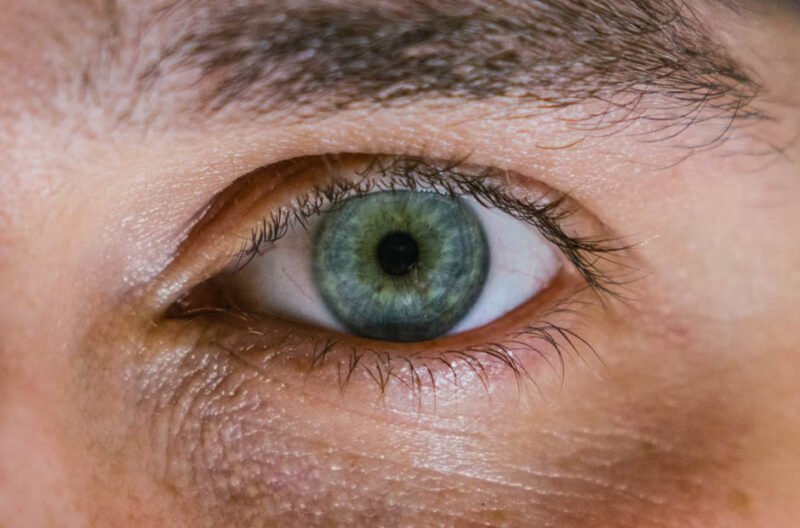
Ocular lubricants, commonly known as artificial tears, have long been a trusted remedy for individuals dealing with dry eyes. These over-the-counter products offer quick relief from environmental factors or post-eye procedure discomfort. However, recent concerns have emerged about these seemingly harmless eye drops – the risk of bacterial contamination.
According to the CDC, EzriCare Artificial Tears and Delsam Pharma Artificial Tears have been recently recalled for this reason. The situation has only gotten worse as there have been reports of people losing vision after using these eye drops. This has triggered a major lawsuit against the manufacturer.
In this article, we will discuss the critical issue of bacterial contamination in ocular lubricants. We will also explore the risks, recalls, and legal actions associated with these products.
The Role of Ocular Lubricants
Ocular lubricants play a key role in providing relief to individuals experiencing a range of eye discomforts. These versatile products offer a quick and soothing solution for those suffering from dry eyes. They are also helpful against irritation caused by environmental factors or the discomfort following eye procedures.
Artificial tears are easily accessible, making them a convenient option for millions seeking respite from common eye ailments. These formulations work by closely mimicking the natural composition of tears, helping to restore moisture and alleviate discomfort. By hydrating the eye’s surface, they contribute to reducing symptoms such as itching, burning, and redness.
The Threat of Bacterial Contamination
While ocular lubricants are widely trusted for their efficacy, recent developments have cast a shadow of concern. This is because of the hidden threat of bacterial contamination.
According to Infection Control Today, a strain of carbapenem-resistant pseudomonas aeruginosa has raised alarm within the medical community. This bacterium’s resistance to antibiotics presents a formidable challenge, making infections exceptionally difficult to treat. In cases of infection, individuals may experience a range of severe complications, such as vision loss.
Bacterial contamination in ocular lubricants can occur during the manufacturing process because of inadequate quality control. They can also occur as a result of issues in product packaging.
Recalls and Legal Action
The revelation of bacterial contamination within certain ocular lubricants has prompted a series of recalls and legal actions. This has emphasized the critical need for stringent safety measures in the eye care industry.
Faced with mounting concerns over potential health risks associated with specific products, manufacturers took proactive steps to recall affected batches. These recalls were initiated following investigations carried out by the Centers for Disease Control and Prevention (CDC) and the FDA.
According to TorHoerman Law, affected individuals have filed lawsuits to seek compensation for their suffering. Amid the legal actions, manufacturers of EzriCare have found themselves entangled in lawsuits as well.
The seriousness of the EzriCare artificial tears lawsuit has been amplified by certain cases of infection that required surgical eyeball removal. There have also been reports of deaths, with four confirmed fatalities so far. As these legal proceedings evolve, they serve as a stark reminder of the importance of product safety.
Identifying the Culprits
In light of the alarming discoveries regarding bacterial contamination, it is crucial to emphasize that not all such products are associated with these infections. Investigations conducted by regulatory bodies have primarily focused on identifying specific brands and products linked to these bacterial infections. This underscores the importance of consumer awareness and informed product selection.
While some ocular lubricants have been subject to recalls due to contamination concerns, many reputable brands remain unaffected. Consumers are encouraged to consult with healthcare professionals to make well-informed choices about their eye care products. By staying cautious, individuals can mitigate the risk associated with bacterial contamination and continue to benefit from ocular lubricants.
Seeking Safe Alternatives
Given the heightened concerns surrounding bacterial contamination in certain ocular lubricants, it is essential for consumers to choose safe alternatives.
According to ConsumerNotice.org, some alternatives include Systane, Refresh, or another brand of eye drops approved by your doctor. Non-medicinal alternatives include cold compresses, warm compresses, eyelid massage, and light therapy.
Established and reputable brands offer reliable artificial tears that have not been associated with infections or recalls. These alternatives can provide individuals with the peace of mind they need when seeking relief from dry eyes.
Seeking guidance from healthcare providers is highly recommended, as they can offer valuable insights and recommendations based on individual needs. By consulting with experts in the field of eye care, consumers can make informed decisions.
Final Word
The recent concerns surrounding bacterial contamination in ocular lubricants have shed light on the critical importance of product safety. While certain brands face recalls due to contamination, it is essential to recognize that not all products are affected.
Consumers can make informed choices by consulting healthcare professionals and opting for reputable brands. This situation underscores the need for stringent quality control and serves as a stark reminder of the potential risks associated with inadequate safety standards.
Ultimately, prioritizing eye health and safety should guide individuals in seeking reliable and safe alternatives for their ocular needs.









